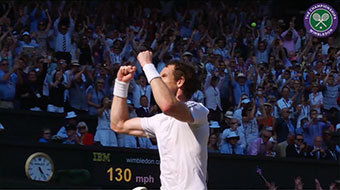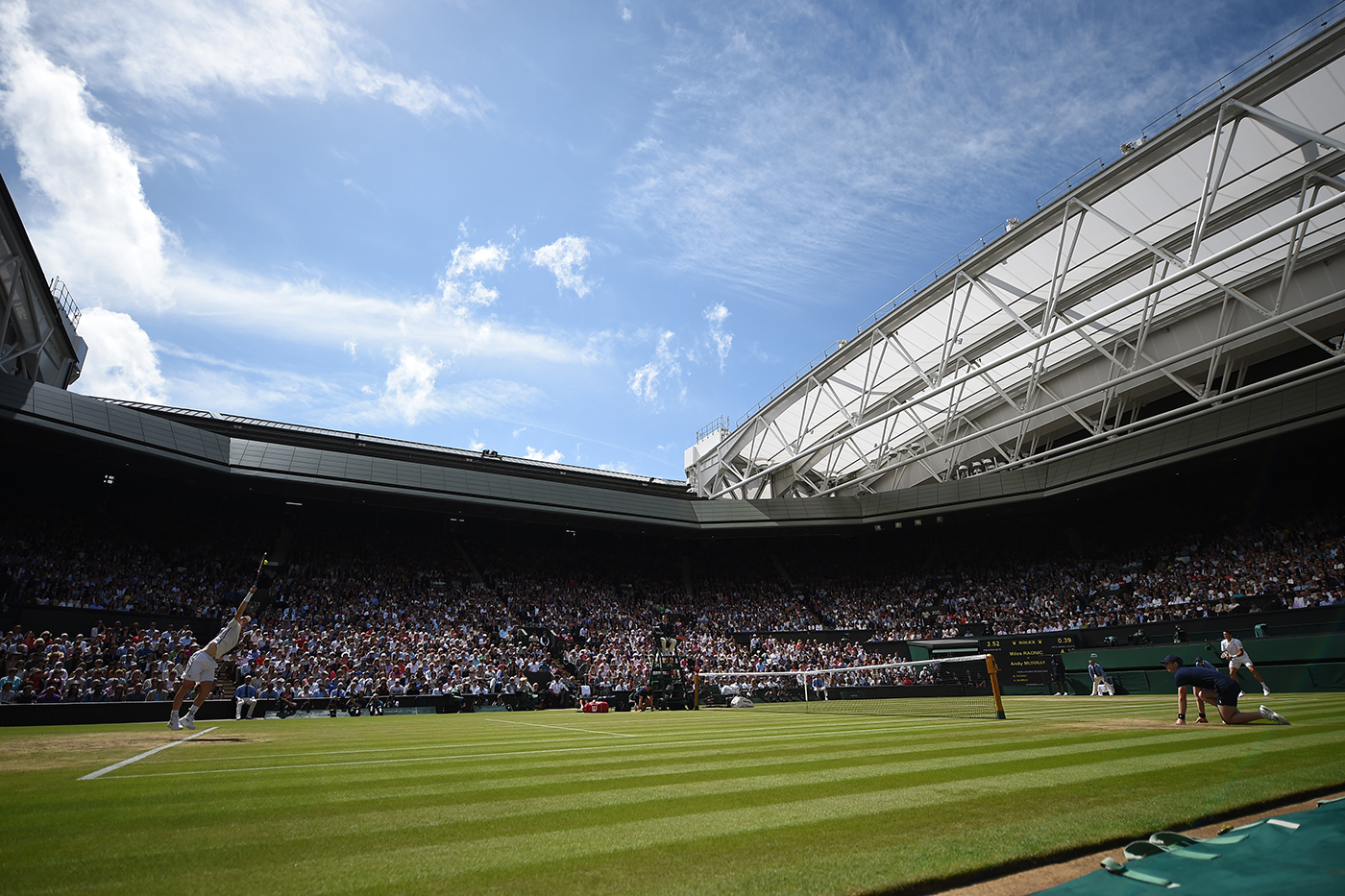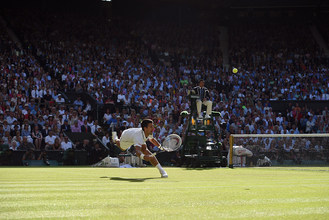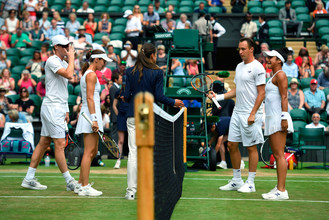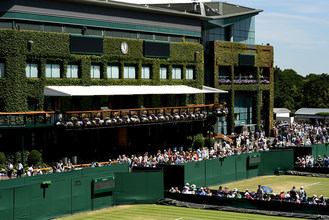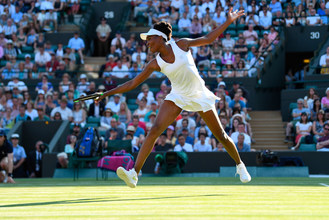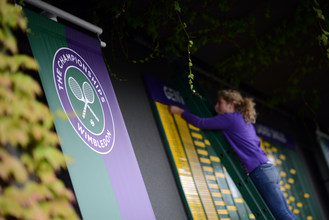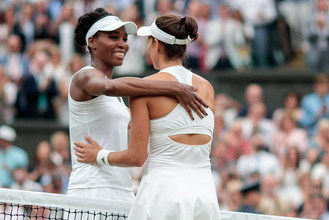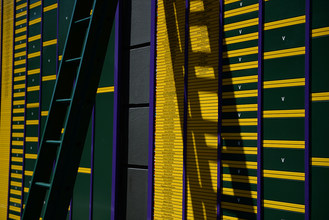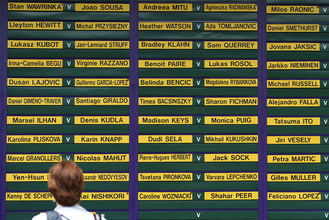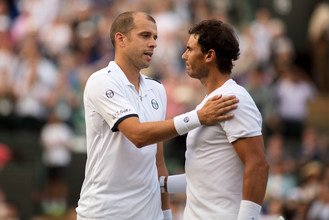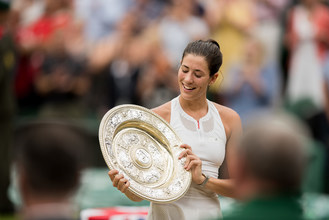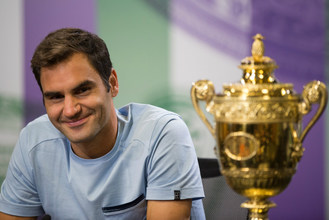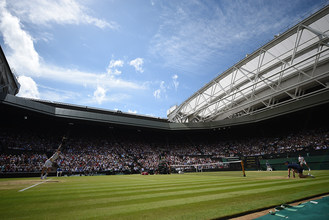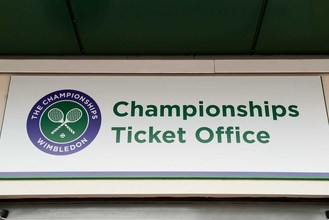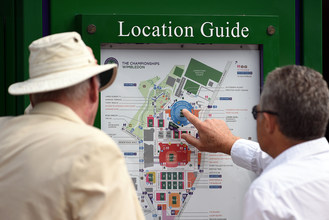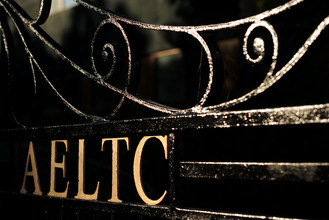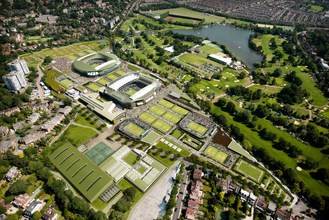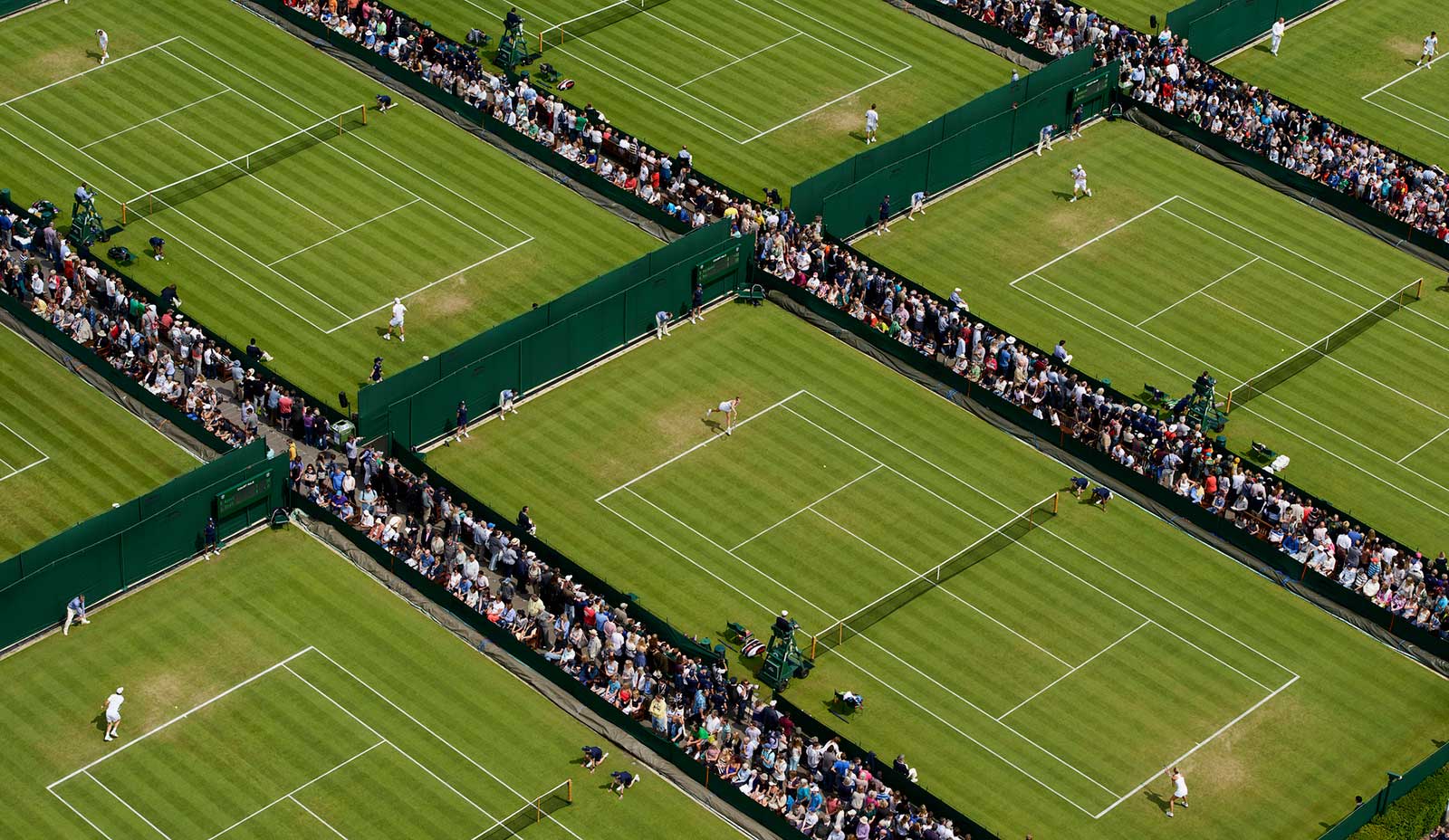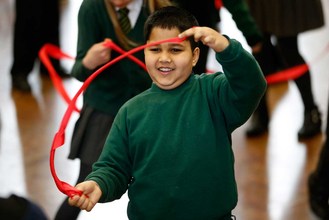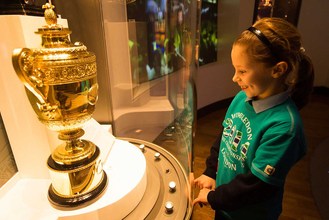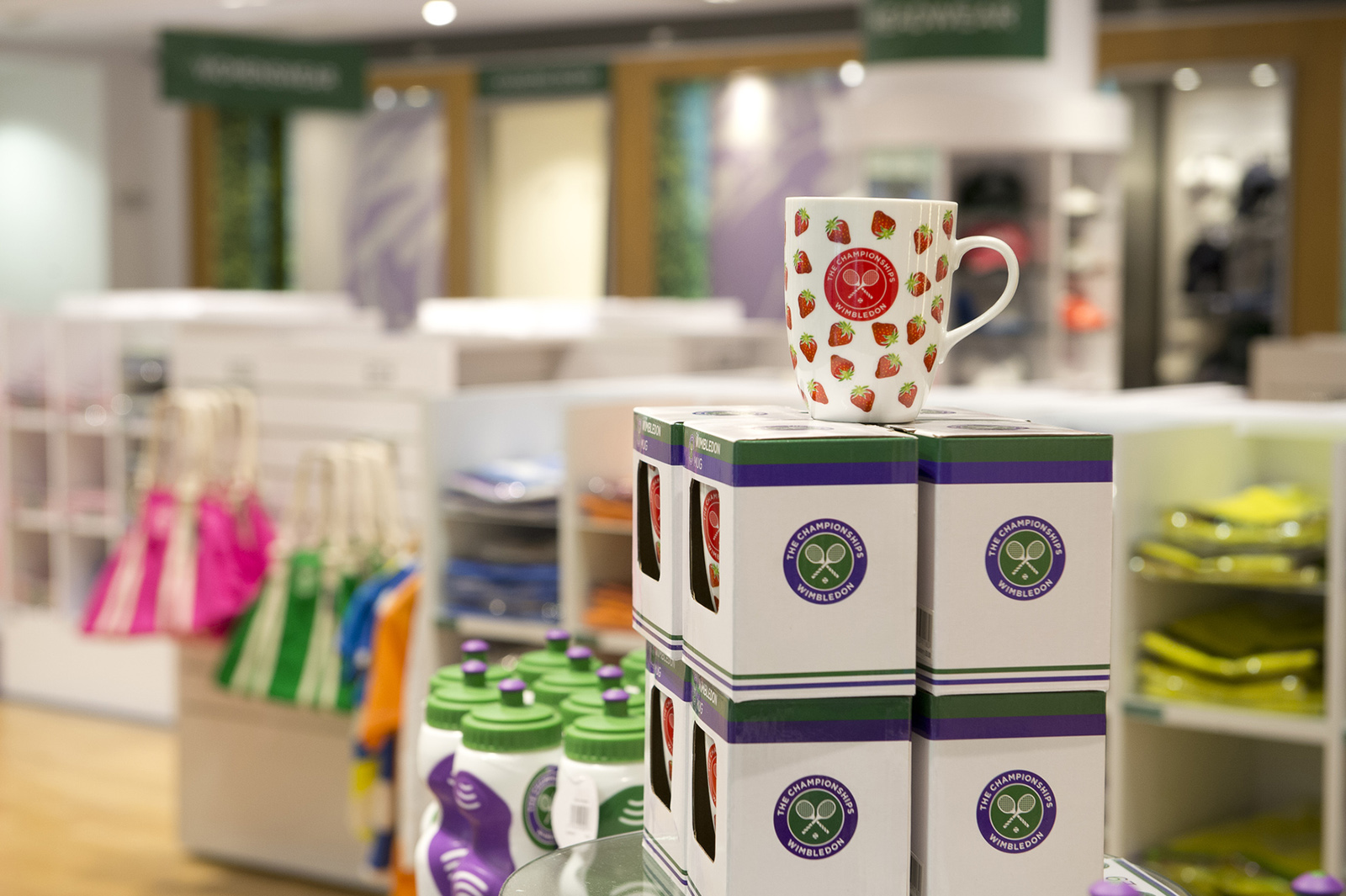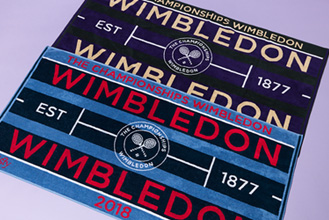The middle of a British winter might be an unlikely time to celebrate a major Wimbledon anniversary, but this week’s annual general meeting of the Lawn Tennis Association is a reminder of one of the most significant days in the 139-year history of The Championships.
It was at the equivalent December meeting of the LTA in 1967 that the governing body of British tennis voted overwhelmingly to support the All England Club’s plan to make the following summer’s Championships open to all players, whether they were professionals or amateurs. It proved a watershed moment. The sport went “open” the following year, bringing back into the fold wonderful players like Rod Laver, Ken Rosewall and Richard “Pancho” Gonzales, who had been barred from playing on the greatest stages ever since they had turned professional.
Cast your eyes over the fields for the Gentlemen’s Singles at The Championships in 1967 and in 1968 and you appreciate the enormity of this moment in tennis history. John Newcombe, who turned professional at the end of 1967, was a worthy champion that summer, but in the absence of so many of the sport’s biggest names the supporting cast was light on star quality. Wilhelm Bungert was runner-up (the German was crushed 3-6, 1-6, 1-6 in a disappointingly one-sided final) and was one of six unseeded players to make the last eight.
Fast forward 12 months, however, and the Gentlemen’s Singles draw in 1968 featured many of the greatest players of the past two decades, several of whom had not competed at The Championships for years.
Laver, who went on to beat Tony Roche 6-3, 6-4, 6-2 in the final, had last played at The Championships in 1962, having turned professional after completing his first pure calendar-year Grand Slam. Gonzales, who would be the choice of many as the greatest male player never to win Wimbledon, had not played since 1949, when he turned professional just three years into his amateur career. Lew Hoad had not played at The Championships since winning the title in 1956 and 1957, while Rosewall had not taken part since losing the 1956 final.
Over the years a handful of female players had turned professional, but it was in the men’s game that great champions had repeatedly been poached from the amateur ranks.
In the 1930s most of the sport’s biggest names turned professional: They included Don Budge, the first man ever to win a pure calendar-year Grand Slam; Bill Tilden, three times a Wimbledon winner and seven times champion in his own country; Fred Perry, who turned professional after his third successive triumph at The Championships in 1936; and Ellsworth Vines, who left the amateur game at the age of just 22.
The professional circuit gathered pace again in the 1950s. The Wimbledon champions Frank Sedgman (1952), Tony Trabert (1955), Hoad (1956 and 1957), Ashley Cooper (1958), Alex Olmedo (1959) and Laver (1961 and 1962), as well as other major names like Rosewall and Andres Gimeno, were among those who turned professional.
For young men who had dedicated their lives to tennis and become worldwide celebrities, the temptation to cash in on their talent and dedication was understandable. “I won Wimbledon in 1961 and 1962 and got a £15 voucher and a firm handshake,” Laver said when explaining why he had joined the professional ranks.
In the amateur game in those days national federations held enormous power over their players. Anyone who wanted to compete overseas had to receive permission from their federation, had to account for all their expenses and were strictly forbidden to receive prize or appearance money.
For years, nevertheless, “shamateurism” was rife, with under-the-counter payments made to induce players to compete in tournaments. Herman David, the chairman of the All England Club, argued for years that shamateurism amounted to “a living lie”. As early as 1959 he had presided over a meeting of the All England Club which passed a resolution asking the LTA to advocate open tennis to the International Lawn Tennis Federation (which later became the International Tennis Federation).
For the next eight years, however, all attempts at change foundered, despite Wimbledon’s continued campaigning. In 1967 the All England Club decided that enough was enough. Shortly before The Championships, the Club announced that later that summer it would stage the “Wimbledon World Lawn Tennis Professional Championships”, featuring the eight leading professionals of the day: Butch Buchholz, Gimeno, Gonzales, Hoad, Laver, Dennis Ralston, Rosewall and Fred Stolle.
The tournament, which saw the world’s leading professionals competing at a Grand Slam venue for the first time in history, was a great success. The quality of the tennis was outstanding, with Laver beating Rosewall 6-2, 6-2, 12-10 in a high-quality final.
By now the All England Club was ready to make The Championships an open event the following summer. The Club sought the backing of the LTA, which supported the proposal by a big majority at its annual general meeting in December. Derek Hardwick, who was the LTA’s delegate at the ILTF and would become LTA chairman the following year, was one of the Club’s strongest allies and spoke passionately in favour of the change.
In February 1968 the United States Tennis Association also voted in favour of open tennis and in March the ILTF finally agreed to change, even if the messy compromise that it agreed was not the scrapping of all distinctions between players which the All England Club had wanted. That led to further conflicts in the years to follow, though it did enable The Championships, in 1968, to bring together the first field of the open era in which all the world’s best players competed. Tennis would never be the same again.

